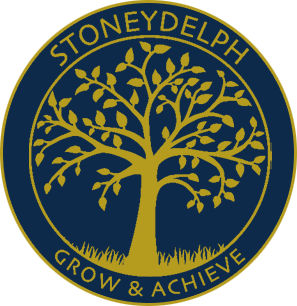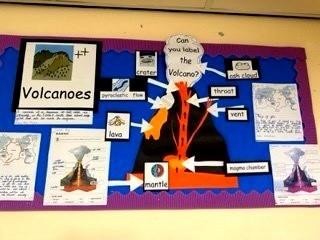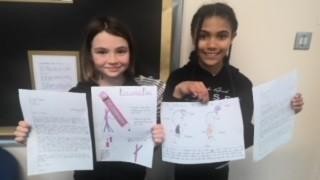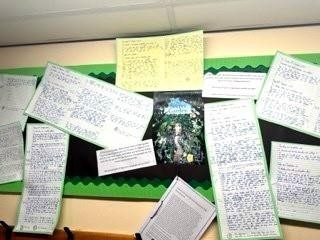- Writing for a variety of purposes and audiences clearly, accurately and coherently, adapting their language and style as required.
- Being able to spell and write at an age appropriate level.
- Developing an understanding of grammar and punctuation and to acquire a wide vocabulary and to use these appropriately.
- Creating a positive writing culture in school, which is promoted, enjoyed and considered ‘a pleasure’ for all pupils.
In all year groups, we teach writing through high-quality texts – ranging from picture books to Shakespeare, immersive real-life experiences and author or poet visits.
Over their time at the school, children will write a variety of fiction and non-fiction texts, including recounts, news reports, explanation texts, poems, plays and stories of all kinds. We use drama, role-play, storytelling and discussion to engage the imagination, before moving on to vocabulary exploration, sentence craft and creative writing.
Handwriting is taught weekly from Reception to Year 6 using the Nelson handwriting scheme, beginning with mark making and patterns in Early Years all the way up to legible, joined handwriting in Year 6. When a child is deemed to have a fluently joined writing in Year 3/4 they are awarded a pen licence and a handwriting pen. Al children in Year 5/6 write using a pen. Children who continue to require handwriting support continue to receive this through targeted interventions.
For more information about what your child will be learning each year, please see the planning documents below.
How to help at home
There are lots of ways you can help your child with writing. Here are our top ideas:
- While children do learn new language and ideas from speaking and listening, the type of language we use in writing is often very different from that in speech. Reading regularly to your child, especially longer chapter books that they might not be able to yet read independently, is a great way to support their writing.
- Making time to hear your child read isn’t just good for their reading. Seeing words in print helps them to understand the words, to spell them, and to see how grammar and punctuation are used to make meaning.
-
Writing for a real purpose can be a great way to fit in some practice. Writing cards, shopping lists, or letters/emails to relatives can be motivating real life reasons for writing, and can show children how useful it is to be able to write well.
- Your child might enjoy keeping a diary or writing short stories based on books they have read or toys they enjoy playing with. Be sure to encourage your child to write about what most interests them, as this is the best way to keep them enthusiastic.
- Giving your child the opportunity to tell stories orally is a great way to get them used to structuring their ideas and using adventurous language. If they’re not sure where to start, see if they can retell a story that they already know well, like Little Red Riding Hood or Three Little Pigs.
- You can find fun story ideas anywhere! Why not raid your kitchen cupboards or hunt through the attic to find lost treasures? Anything from an old hat to a telescope will do the trick. What could the object be used for? Who might be looking for it? What secrets could it hold? Suggest different genres such as mystery or science fiction and discuss how the item might be used in this kind of story.
- If your child isn’t sure where to start with a story or even a piece of non-fiction, it can sometimes be helpful to sketch out their ideas first. For instance, can they draw a picture of a dastardly villain or a brave hero? How about a scary woodland or an enchanted castle?





